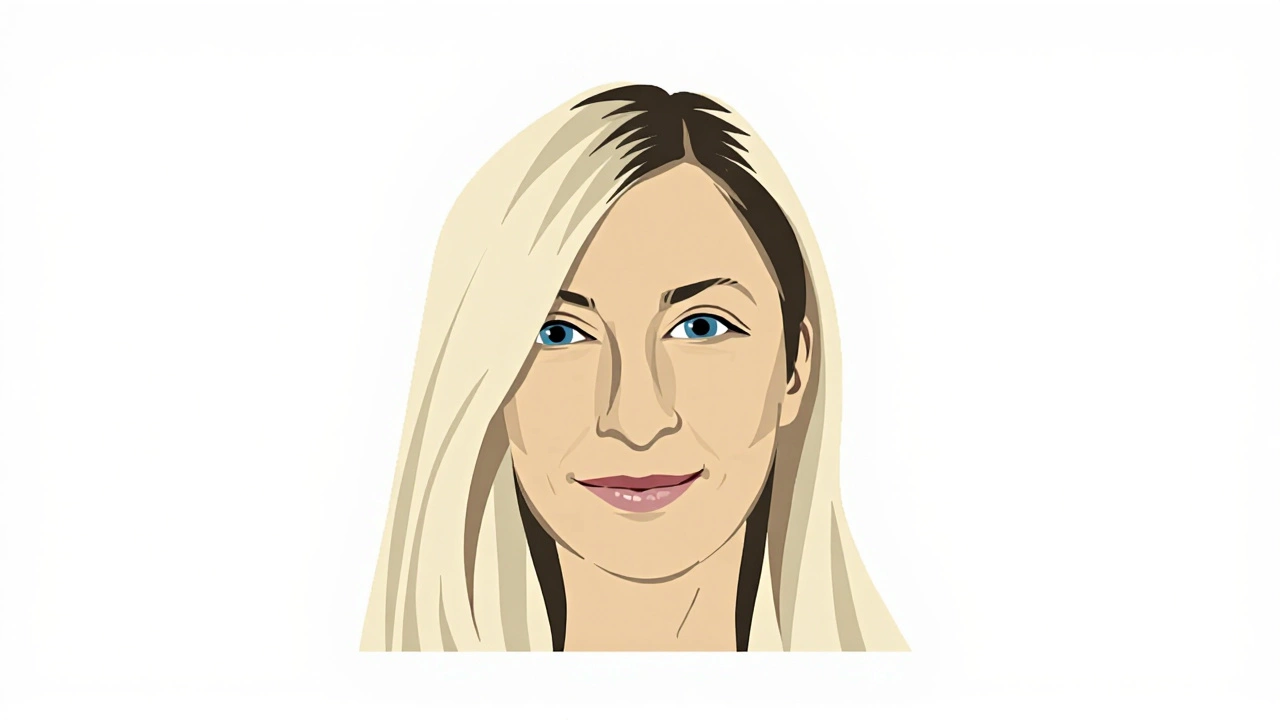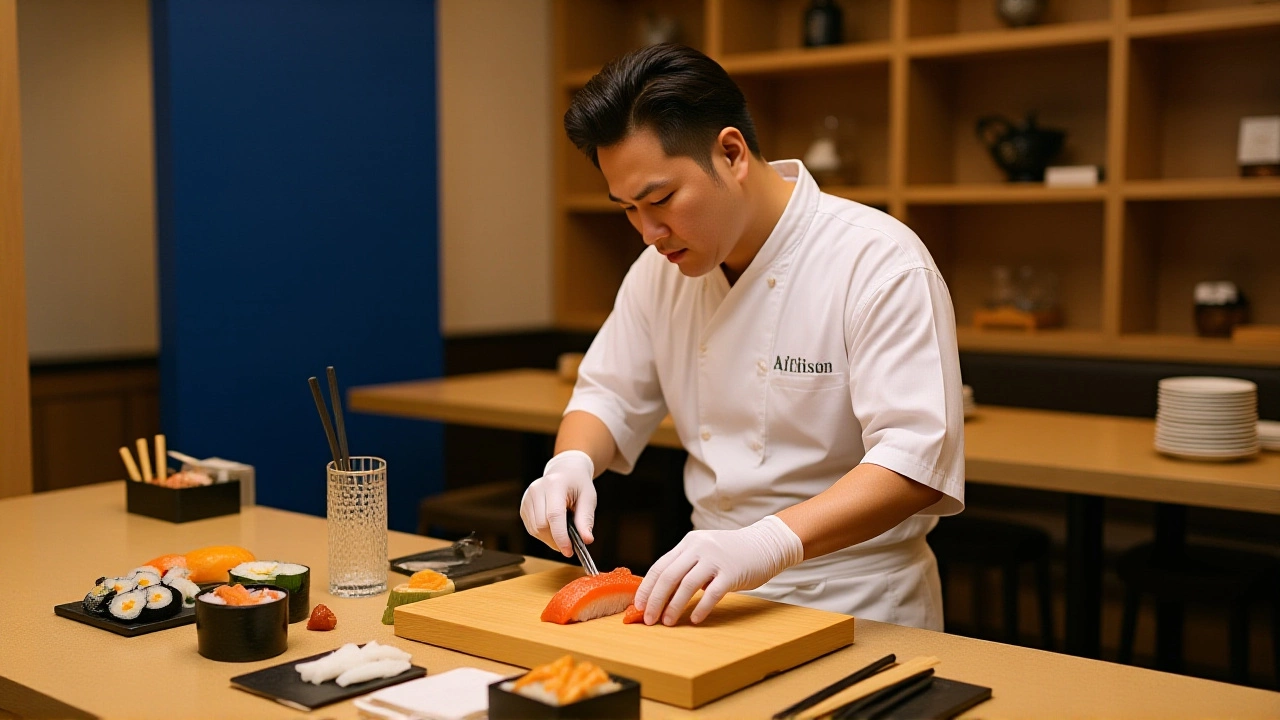When the MICHELIN Guide unveiled its 2025 USA edition on November 21, 2025, Boston’s dining scene got a quiet but seismic jolt: 311 Omakase earned its first Michelin star. Not a nod. Not a mention. A full, unambiguous One Star — the global gold standard for high-quality cooking. Meanwhile, just a few blocks away, Yoshida Omakase didn’t celebrate a new award. It doubled down on what it’s always been: a 24-seat temple of Edomae sushi, where every piece is a silent manifesto of discipline. The city now has two very different visions of Japanese fine dining — one validated by the world’s most feared inspectors, the other thriving in deliberate obscurity.
The Star That Changed Boston’s Dining DNA
311 Omakase, operating under the formal name Three 1 One, sits in an unmarked corner of Boston, its location deliberately vague on public listings. But its reputation? Now unmistakable. Founder and Executive Chef Wei, whose full name remains private, didn’t set out to chase stars. "My goal is to create exceptional traditional Japanese cuisine that reflects the artful use of ingredients and meticulous mastery of preparation techniques," he wrote on the restaurant’s site. "We are committed to pushing the limits of ourselves to achieve Michelin-level excellence." The MICHELIN Guide didn’t elaborate beyond its standard descriptors — "High quality cooking," credit cards accepted, customizable display settings. But that’s the point. Michelin doesn’t hand out stars for ambiance, Instagrammable plating, or celebrity chef hype. It rewards consistency, technical precision, and a distinct voice in the kitchen. For Boston, this isn’t just a win for one restaurant. It’s proof that the city’s sushi scene has matured beyond sushi rolls and fusion trends into something worthy of global scrutiny.Yoshida: The Quiet Counter That Never Asked for Attention
At 51 Massachusetts Avenue, nestled between government buildings and student cafés, Yoshida Omakase operates with the solemnity of a Zen garden. Only 24 seats. No reservations through apps. No menu posted online. Just Chef Tony Cao — a veteran with over 20 years of Edomae mastery — standing behind a black walnut counter, his hands moving like a calligrapher’s brush. "Each seat at the counter provides a front-row view to the masterful hands of Chef Tony Cao," reads Yoshida’s website, echoing the same language across multiple sections. It’s not marketing. It’s a promise. This isn’t about novelty. It’s about lineage. Edomae-style sushi — born in Edo-period Tokyo — is about fermentation, aging, vinegar-balanced rice, and fish treated with reverence. No avocado. No cream cheese. No glittery sauces. Just fish, rice, and time. While 311 Omakase earned its star through innovation — weaving creativity into tradition — Yoshida refuses to innovate at all. And that’s its power. In a world racing toward the next viral dish, Yoshida is a time capsule. A sanctuary. A challenge: Can you sit still? Can you pay attention? Can you taste the difference between fish aged seven days and fish aged twelve?
Two Philosophies, One City
Boston’s omakase scene is no longer a footnote. It’s a battleground of ideas. 311 Omakase represents the new guard: ambitious, expressive, willing to bend tradition. Its star signals that Boston can compete with New York, San Francisco, even Tokyo. The restaurant’s team likely spent years refining their rice temperature, their knife angles, their pacing — all invisible to the diner, but critical to the Michelin inspectors who visit anonymously, pay full price, and return multiple times. Yoshida Omakase represents the old guard — not because it’s outdated, but because it refuses to be anything else. It doesn’t need a star. It has something rarer: loyalty. A waitlist that spans months. A clientele that returns not for the thrill of discovery, but for the comfort of constancy. Its "Now Hiring" notice — vague, open-ended — suggests growth isn’t the goal. Excellence is. The contrast is poetic. One restaurant was awarded a star for pushing boundaries. The other thrives by honoring them. Both are essential.What This Means for Boston’s Future
This isn’t just about two restaurants. It’s about what Boston chooses to value. When Michelin came to the city in 2021, few expected omakase to be the breakout star. Now, with 311’s recognition, the message is clear: Boston’s chefs are not just cooking — they’re curating cultural experiences. The ripple effect? Expect more Japanese chefs to settle here. More investors to back intimate, high-end dining. More tourists planning trips around sushi counters. But also — and this is critical — more pressure on other restaurants to justify their prices, their techniques, their authenticity. Yoshida’s hiring notice, while vague, hints at something deeper: a need for apprentices. Not servers. Not line cooks. Artisans. People who understand that sushi isn’t a meal — it’s a ritual. And in a city where rent is rising and attention spans are shrinking, Yoshida is betting that there are still people who will sit for two hours, pay $250, and say nothing — because the food speaks for itself.
What’s Next?
No one knows if 311 Omakase will earn a second star next year. No one knows if Yoshida will expand. But the next move is already being written. In the quiet hours after service, when the last guest leaves and the knives are cleaned, Chef Wei and Chef Cao are probably thinking the same thing: What’s next? For 311, it might be a tasting menu that incorporates New England seafood in ways no one’s tried. For Yoshida, it might be sourcing a single species of tuna from a fisherman in Hokkaido who’s been working the same waters since 1987. Neither needs publicity. Both need patience.Frequently Asked Questions
How does the Michelin star affect 311 Omakase’s pricing and availability?
While exact pricing isn’t public, Michelin-starred restaurants in Boston typically charge between $220–$280 per person for omakase. Reservations at 311 Omakase, previously hard to secure, are now booked weeks in advance — with waitlists growing by 40% since the star announcement. The restaurant has not raised prices, but its wait time has doubled, indicating demand far exceeds capacity.
Why doesn’t Yoshida Omakase have a website with a reservation system?
Yoshida Omakase operates on an invitation-only or phone-reservation basis, a deliberate choice to maintain exclusivity and control over guest experience. This model mirrors elite Tokyo omakase spots like Sukiyabashi Jiro. By avoiding digital platforms, they filter out casual diners and preserve the ritualistic, intimate nature of their service — something they believe digital booking would dilute.
What’s the difference between Edomae and modern omakase?
Edomae sushi, originating in 19th-century Tokyo, emphasizes preservation techniques like aging fish, using vinegar-seasoned rice, and minimal seasoning to highlight natural flavors. Modern omakase often incorporates global ingredients, bold sauces, and creative plating. 311 Omakase blends both; Yoshida Omakase sticks strictly to Edomae — no fusion, no garnishes, no distractions. It’s like comparing a classical sonata to a jazz improvisation.
Is there a rivalry between 311 Omakase and Yoshida Omakase?
No public rivalry exists. Chefs in Boston’s fine-dining scene often collaborate, share suppliers, and mentor each other. The two restaurants represent different philosophies — innovation versus tradition — rather than competition. In fact, several staff from 311 have trained at Yoshida. The real competition is with New York and San Francisco, where Michelin stars are more common and expectations are higher.
What does Yoshida’s "Now Hiring" notice suggest about its future?
The vague hiring notice — "all positions" — signals Yoshida is expanding its team, likely adding apprentices or junior sushi chefs to handle increased demand without compromising quality. Given the 24-seat limit, they’re not growing the space. They’re growing the skill depth behind the counter. This is a sign of sustainability, not expansion — a rare move in an industry that often prioritizes scale over soul.
Why hasn’t Boston had a Michelin-starred omakase before now?
Until recently, Boston’s Japanese dining scene leaned heavily on casual sushi bars and fusion concepts. True omakase — with its rigorous training, seasonal sourcing, and intimate service — was rare. 311 Omakase is the first to meet Michelin’s exacting standards for consistency, technique, and originality. Its star validates years of quiet work by chefs who refused to compromise, even when the market didn’t reward them.
